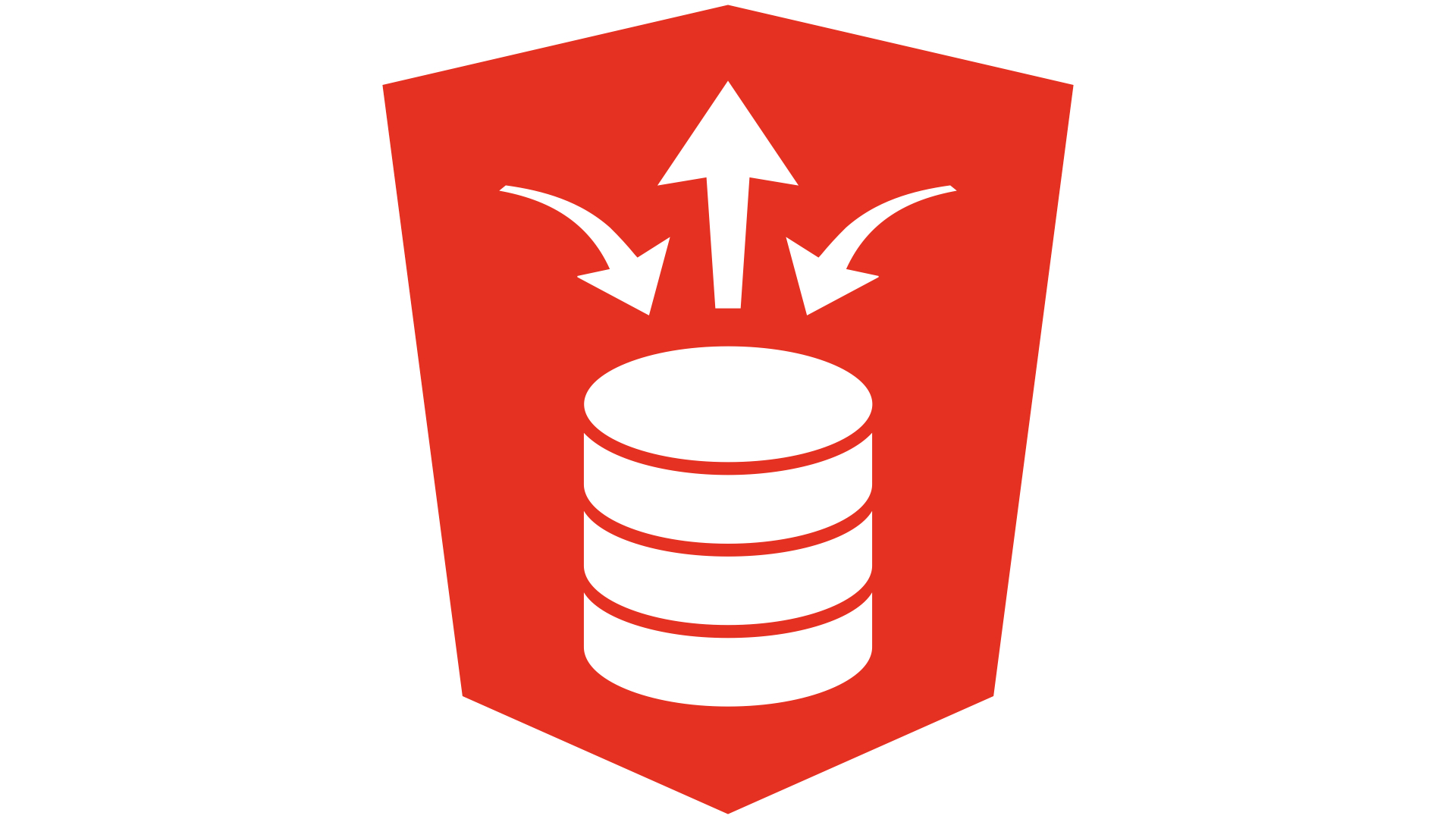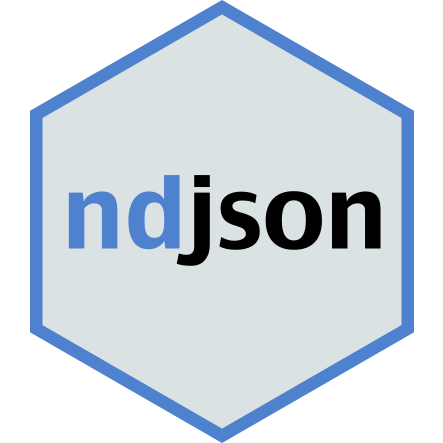NOTE: This can be thought of as a "companion piece" to the official ORDS release notes 🤓.
 What is new in Oracle REST Data Services 24.2?
What is new in Oracle REST Data Services 24.2?
New HTTPS Response Status Codes
In response to various support requests and internal feedback, we've expanded on the existing ORDS Status Codes (the current list can be found here)!
Why? The TL;DR is that in many cases, the error or exception caught was being "bucketed" into a category of codes, like a400 Bad Requestor a500 Internal Service Error. While true, we can be more explicit with some of these error codes. Now, we just have to ask, at what level do we stop?!
Ahem, this sounds like our entire dev team is lazy; it’s quite the opposite. Let me illustrate what’s actually going on with an example from one of our related tickets.
Say a user receives a 503 Service Unavailable server error response. In their Java logs (trace files, access logs, etc.), they also observe an oracle.net.ns.NetException error. While classifying this as a 503 is accurate, we can do better. For instance, you may encounter an oracle.net.ns.NetException with any of the following ORA codes:
ORA-12514 TNS: The listener does not currently know of the service requested in the connect descriptor
ORA-12506 TNS: listener rejected connection based on service ACL filtering
ORA-12529 TNS: connect request rejected based on current filtering rules
ORA-12516, TNS: The listener could not find an available handler with a matching protocol stackIn this example, moving forward, instead of receiving a 503, you’ll now receive a 571 server error response.
We’ve done this for several other scenarios, too! Why keep everything generic, as a 503, when we can be more discrete and specific with the information provided? It makes no sense. So, by shifting some of these exceptions to unique response codes, we make it easier for you to identify what is happening.
What if everything was either 200, 400, or 500? Could you imagine?! It would be nearly impossible to quickly identify what is happening in your stack.
ORDS Central Configuration
ORDS now supports deployment in a Central Configuration type deployment.
This one is big. The short version is that we’ve made it so you can dynamically start up and shut down individual ORDS “nodes.” This requires three main pieces, but I’ll try to be brief.
This all assumes you’ve already configured ORDS globally (i.e., you have a global.xml file) as well as your database pools (i.e., the default.xml, database_pool_one.xml, database_pool_two.xml, etc. files). But the idea is such that you’ll have stored in a central Vault/Secrets storage/Key Store your:
- ORDS global configuration – which will be in a JSON format (basically a JSON version of the global.xml file)
- ORDS database pool configuration/s – the individual configuration files for your ORDS “nodes” (again, just JSON versions of your database-pool.xml files)
- A mechanism for the ORDS_PUBLIC_USER to authenticate with the Vault or Keystore (this could also be something as simple as an ORDS webhook that has been protected with an OAuth2.0 client)
*And a conditional fourth item, the makestore or orapki utilities (for creating SSO Wallets).
One way to “do” this (we’ve tested this internally; we just can’t, and won’t endorse, a “one-size fits all” method) is to store your “secrets” in a vault-type service and retrieve them securely and dynamically.
NOTE: The vault contains "secrets," including your global configuration and database pool files. Each of those secrets might be behind an OAuth 2.0-protected endpoint/s.
Separately, and before starting up ORDS, you’d create an SSO Wallet with the credentials for the ORDS_PUBLIC_USER, its password, and additional hostname information (all can be found in our documentation). You’d also choose where to store that Wallet.
Then, before launching ORDS, you’d include two Java options:
- Your wallet location (so when ORDS starts up, it is aware of the location of the Wallet and the credentials) and
- The REST endpoint (the URI) for your global configuration
Authentication can take several forms here. You can use Basic Authentication (but…don’t, even though we support it, perhaps for testing, but please don’t use it for production), JWTs, or OAuth 2.0. Once the ORDS_PUBLIC_USER has authenticated with its credentials/token, ORDS can acquire its global configuration.
When that HTTP request comes across ORDS, the database pool name can be passed as a header value (we can also read the database pool name if it is appended to the beginning of the URL) and used as a “search” value to retrieve the relevant database_pool-config.json file.
That is ORDS Central Configuration in a nutshell. And since I lost you, I’ll have to write a follow-up blog on this. I don’t blame you; conceptually, it’s tough to envision, but it’s pretty simple in practice. The basic components are laid out in our documents.
OCI Monitoring of ORDS
ORDS now provides acreate_alarms.shscript to create ORDS alarms using OCI Monitoring Services, which can be found in the[ords product folder]/examples/ords-metricsdirectory.

How shall I explain this without getting in trouble with our legal department…? This is being rolled out globally right now for the Oracle Autonomous database. Before this ORDS release, errors or exceptions would be caught and streamed to an OCI metrics dashboard. And you might have seen an ORDS-related exception with a 404 or a 503. Unfortunately, the root-cause analysis would have already been off to a bad start. Because most of these exceptions aren’t just 404s or 503s. There had yet to be a mechanism to make some of these exceptions more discrete. And that is where this create_alarms.sh script enters the chat.

If you review the now-included create_alarms.sh file, you can get an idea of what will now be streamed to your OCI Metrics/Monitoring Explorer. We’ve made it so the ORDS access logs and more appropriate response codes can be streamed to OCI. This makes root-cause analysis and troubleshooting far more straightforward. So if you elect to configure a customer-managed ORDS node, then be sure to take advantage of this new capability.
A new standalone configuration option
New standalone.access.log.retainDays configuration option for ORDS standalone.
Users can now customize the number of days before access log files are overwritten. The default is 90 days, but you can now select the exact number. This, along with numerous other standalone settings can be found in the Understanding Configurable Settings appendix of our ORDS Installation and Configuration Guide.
Java options in the ORDS CLI
Users may now include Java Options parameters when executing ORDS CLI commands.
For instance, a user may execute the following command:
ords --java-options "-Djava.util.logging.config.file=logging.properties"Or, maybe you are testing the new ORDS Central Configuration strategy. In that case, you might want to include something like this when starting ORDS:
ords --java-options "-Dconfig.url=//localhost.8080" serveIn the above example, you’ve told ORDS to start up, and then, first thing, go to the target URL to retrieve ORDS’ global configuration settings.
You may wonder about JAVA_OPTIONS and JDK_JAVA_OPTIONS; how are those settings impacted? Well, here are some essential details:
ords --java-optionsonly apply to the current ORDS execution.- In order of precedence, options will be picked up like this:
JAVA_OPTIONS are of the highest precedence >>> then >>> ords --java-options >>> then >>> JDK_JAVA_OPTIONS
INFO: Where conflicts arise, ORDS will pick up and use the left-most option.
Jetty 10.0.21
ORDS standalone updates the embedded Jetty Web Sever version 10.0.21.
There’s not much to say here, but if you’d like to learn more about Jetty, I’m including the Operations and Programming guides. When using ORDS in standalone mode, the idea is that Jetty is just there—and it just works.
We’ve architected Standalone mode so that any ORDS configuration can be achieved via the ORDS CLI or by directly manipulating the XML configuration files (while you can do this, you shouldn’t; you might mess up one of the properties in the files). Designing ORDS Standalone mode this way makes it so you don’t really need to do anything Jetty-related. I’m just including the docs if you want something to read on your lunch break 🤪.
Database Actions’ Data Pump
Data Pump allows you to delete jobs and their files from within the Database Actions Data Pump UI. And the Data Pump Import Wizard features some major upgrades and visual enhancements.
Users who have DBMS credentials to access Oracle Cloud Services (via the DBMS_CLOUD.CREATE_CREDENTIAL PL/SQL procedure) can now perform Data Pump Imports from OCI Buckets (previously, it was Resource Principals only). And we’ve added the following abilities/changes:
- Buckets from any Compartment level are now accessible
- Auto-generated Import Patterns for DMP Files are now included
- Automatic mapping for Schemas and Tablespaces is now present
- A new “Append Timestamp to Log and Job Names” toggle option has been added
NDJSON files
Users can now import Newline Delimited JSON (NDJSON) or .ndjson files into the SQL Worksheet.

This actually arose from a bug we encountered. After some investigation, the user attempted to import a “Newline Delimited” JSON document. I’m not familiar with this document type, but cursory research reveals the following:
There is currently no standard for transporting instances of JSON text within a stream protocol apart from [Websockets], which is unnecessarily complex for non-browser applications.
A common use case for NDJSON is delivering multiple instances of JSON text through streaming protocols like TCP or UNIX Pipes. It can also store semi-structured data.
NDJSON spec Github
If you’d like to learn more about this specification, I recommend visiting this site. It doesn’t seem affiliated with the project, but it is very informative compared to the official NDJSON GitHub page.
Are you using NDJSON now? Or did you just learn of its existence? Do you think you’d start using it, or do you have any use for it? Let me know. I’m curious about the potential applications.
New Walkthroughs (Tours) for Charts and Data Modeler
Updates to the Database Actions Launchpad.
We continue to refine the Launchpad, and these are but two more examples. The Data Modeler and Charts pages have Walkthrough Tours (and documentation too):

What are your thoughts on the new Launchpad? Do you use the “pin” feature? Is it intuitive? What else could we include or improve? Or is it perfect (it’s perfect, isn’t it? …I knew it!)
Java
ORDS requires Oracle Java or Oracle GraalVM Enterprise Edition 11, 17, or 21 to run ORDS 24.2.
If you intend to do anything GraphQL-related, use GraalVM 17. Instructions for downloading can be found here. Just make sure you set your JAVA_HOME to GraalVM 17 so that when ORDS starts up, it does so with GraalVM 17! At this time, ORDS GraphQL support only works with GraalVM 17.
That’s it for this release. Download the latest and enjoy!
Oh, and if we missed your enhancement this time, let me know. We’ll add it to one of our sprints!
Follow
And don’t forget to follow, like, subscribe, share, taunt, troll, or stalk me!
Leave a Reply